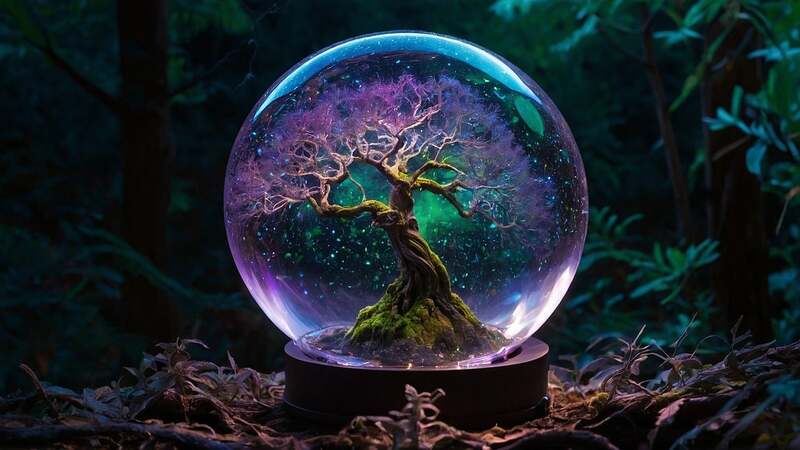Foraging for wild edibles is more than just a trendy hobby; it’s a practice steeped in history and sustainability. Understanding wild edibles equips you with skills to connect with nature, improve your diet, and enjoy the thrill of self-sufficiency. In this article, you\’ll learn essential foraging practices, how to identify safe edibles and tips for ethical harvesting.
What is Foraging?
Foraging is the practice of searching for and gathering wild edibles from nature. Before agriculture became widespread, foraging was essential for survival. Early humans relied on their knowledge of plants to feed and care for their families. Today, foraging has made a resurgence. It offers numerous benefits. Economically, it provides a cost-effective way to source food. Health-wise, wild edibles are often richer in nutrients compared to cultivated varieties. Ecologically, foraging encourages awareness and appreciation of local ecosystems, promoting sustainability and conservation.
Identifying Wild Edibles
Understanding the environment where plants grow is essential. Different habitats support distinct flora. For example, wetlands may yield different edibles than dry fields. Observing the ecosystem increases your chances of identifying safe options.
Both guidebooks and apps can assist in plant identification. Guidebooks offer detailed illustrations and information about local flora, and they can be more reliable in areas with poor signal. Conversely, apps provide convenience with searchable databases and often include community features for shared knowledge. Select resources specific to your region, as local guides will offer the most relevant information. Look for resources with clear images and concise descriptions. Ensure the guide covers not only edibles but also look-alike plants to avoid confusion.
Ethical Foraging Practices
When foraging, only collect what you will use. This practice prevents overharvesting and allows plants to continue thriving. Taking a few leaves from a plant instead of uprooting it can help maintain local populations. Be aware of endangered or protected plants in your area. Consult local guides or resources to understand which species are at risk. Avoid harvesting these plants to help preserve biodiversity and ecological balance.
Before heading out, familiarize yourself with local foraging laws. Some areas have specific regulations regarding the collection of wild plants. Research the guidelines to ensure you stay within the law. Always respect private property when foraging. Obtain permission from landowners before walking onto their land. Even if a plant grows along a public path, verifying that you can harvest it is wise. This respect fosters goodwill between foragers and landowners and helps protect foraging opportunities for everyone.
Common Wild Edibles to Look For
Dandelion
Dandelions are often seen as pesky weeds but are packed with nutrients. Both the leaves and flowers are edible. The leaves can be used in salads, while the flowers can be made into wine or dandelion fritters. Rich in vitamins A, C, and K, dandelions contain minerals like iron and calcium.
Wild Garlic
Wild garlic, or ramsons, is easily identifiable by its broad leaves and distinctive scent. Look for it in damp woodlands or shaded areas during spring. The entire plant is edible, from the flowers to the leaves. It can be used in salads, pesto, or as a seasoning in soups and stews. Its mild flavor enhances many dishes while providing the health benefits associated with garlic, such as improved cardiovascular health.
Understanding Toxic Plants
Many plants look similar, and distinguishing between edible and toxic varieties is critical. Key signs of toxic plants often include specific characteristics such as:
- Color: Bright colors can signal danger; many toxic plants feature vivid colors.
- Texture: Some toxic plants have a waxy or hairy texture.
- Smell: A strong, unpleasant odor can indicate toxicity.
Never consume an unidentified plant. Always err on the side of caution. If you\’re unsure about a plant\’s edibility, it’s best to leave it alone.
Wrapping Up
Foraging for wild edibles offers a unique way to connect with nature while enhancing your diet. By understanding the fundamentals—what foraging is, how to identify edible plants, and practicing ethical foraging—you equip yourself with everything you need for a successful experience. Remember to prioritize safety by recognizing toxic plants and preparing for outdoor conditions.









